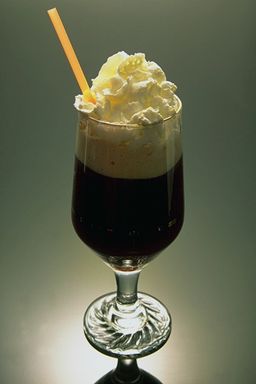
Mass Transfer of Cooking
Chemical Engineering in Brewing Coffee

 Raw Coffee 'Cherries' Raw Coffee 'Cherries'
|
Have you ever heard a coffee drinker say, "Coffee
is an acquired taste,"?
Next to tea, coffee is the most popular drink in the world. It must be a pretty easy taste to acquire. Oftentimes, it is not the flavor of coffee that is desired, but its caffeine. Now, there are several ways of preparing coffee, that is, several ways of extracting caffeine from the coffee bean. The most often used method is to allow hot water to strain through coffee grounds, picking up caffeine and the flavorful tannins as it goes. The coffee is then strained out of the grounds into a collection container. Percolation is a similar method in which the coffee is allowed to circulate through the grounds several times. Other methods, like steeping and vacuum brewing let the boiling water stay in contact with the grounds throughout the entire brewing process. Another method of making coffee is through the use of instant coffees. Instant coffee is actually coffee brewed through a traditional method and then dried or freeze dried. The process of re-hydrating the coffee is similar to that described in the making Kool-Aid section. |
So exactly how do we get the caffeine out of the coffee beans? This process can be described using Mass Transfer equations used in chemical engineering. The specific equation which describes this movement is called Fick's Law.